| Home and downloads — Prof. Wolf Hilbertz |
||||||
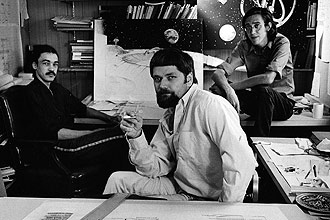 |
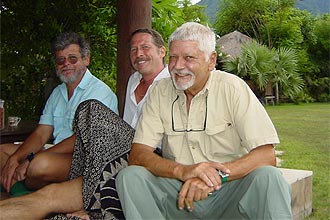 |
|||||
| Austin, Texas 1972 Joe Mathis, Wolf Hilbertz, Neal Barkhurst |
Bali, Indonesia 2004 Tom Goreau, Narayana Randall Dodge, Wolf Hilbertz |
|||||
Accretion Statement Since the death of Wolf Hilbertz in 2007, the culture surrounding biorock/mineral accretion technology has not always reflected the ideal levels of responsive openness, professionalism and innovation that Wolf Hilbertz stood for. The Estate of Wolf Hilbertz - the unified Hilbertz family - seeks to correct this development. Besides being an architect, Wolf Hilbertz was also a dedicated university professor (Professor of Architecture at The University of Texas at Austin, Assistant Professor at Southern University Louisiana and Guest Professor for MacGill University, among others) who shared the technology’s principles often and openly in the form of projects, talks and workshops. We want to encourage interested parties to continue to discover, explore and enhance the process. Mineral accretion has a range of applications; the technology’s potential is directly related to its range of users and developers. The Estate of Wolf Hilbertz would also like to clarify the following: The patents and trademarks have expired. The technology can be used freely. Using electrolysis specifically to grow construction material and artificial reefs was a novel approach in the 1970s and 80s. Hilbertz patented and trademarked the process, and eventually developed additional patents in partnership with others. All U.S. and international patents have since expired. Nonetheless, practical experience with the technology has always been - and remains - crucial to successful outcomes. The Estate remains interested in providing access to such resources where possible. Wolf Hilbertz is the sole inventor of mineral accretion. Hilbertz invented the process for creating structures in seawater in 1976. Scientific work on the topic of mineral accretion was first published by Wolf Hilbertz in the IEEE Journal of Oceanic Engineering in 1979. Wolf Hilbertz was, however, always deeply collaborative in approach. He never failed to credit others for critical roles in the development or, as he might have put it, ‘evolution’ of the process. In this spirit, we aim for a transparent and collaborative culture surrounding the use and further development of mineral accretion. We encourage eager minds ranging from scientists and students to divers and doers to spark underwater change. |
||||||
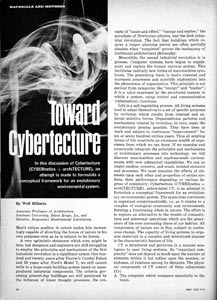 |
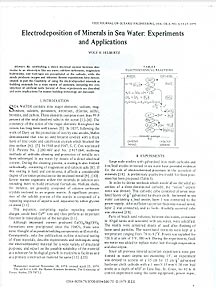 |
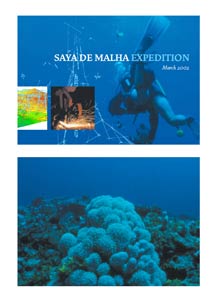 |
||||